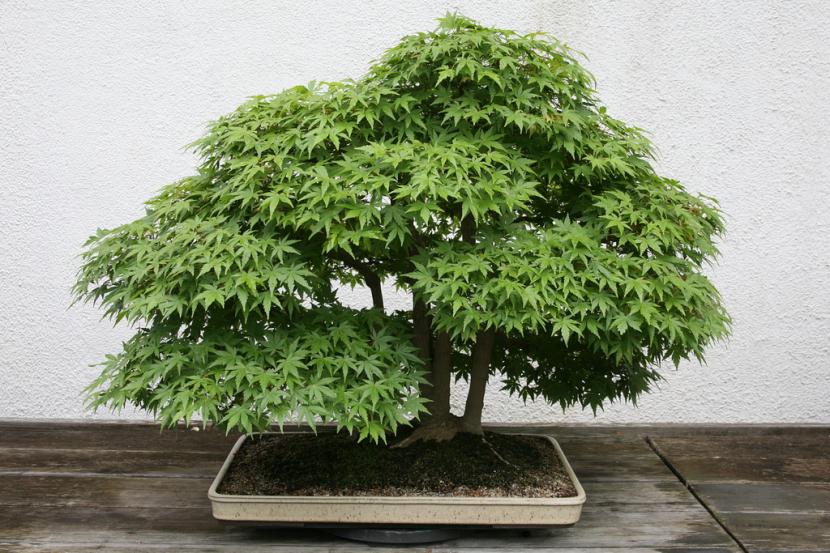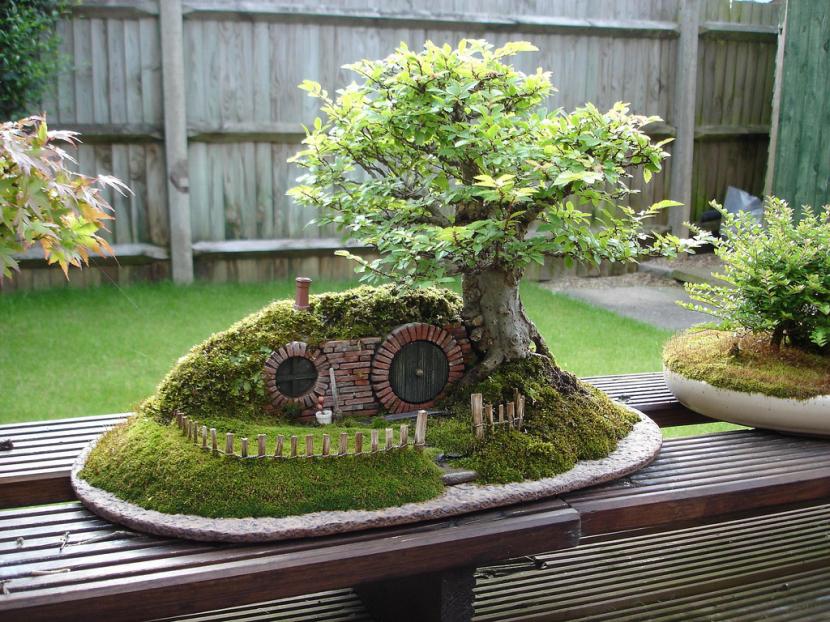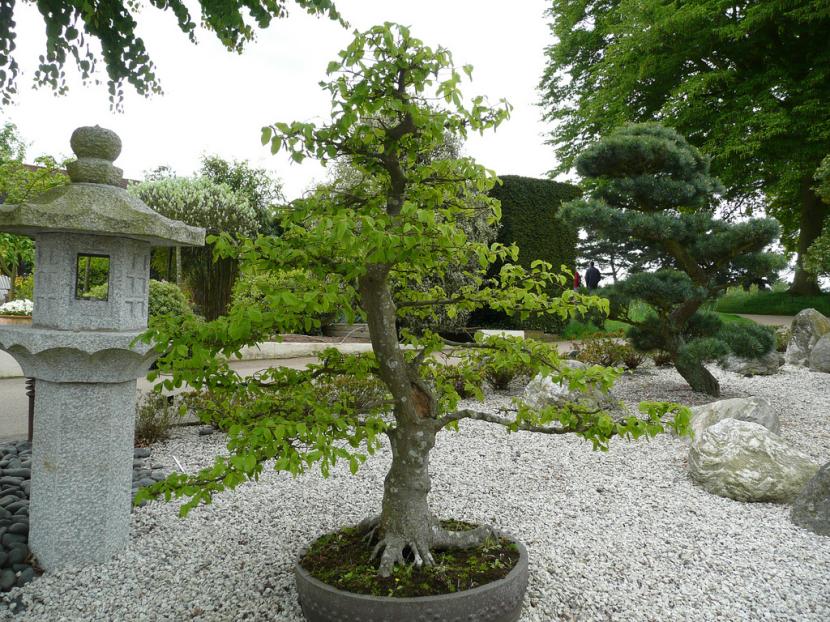
La Bonsai technique It is one of those arts that requires a few basic knowledge of botany, especially the behavior of the tree, to be able to do it correctly, always respecting the plant and its needs. I do not want to deceive you: it is not easy to make one, but with these basic tips that I am going to give you, I am sure it will be easier for you to break that fear that we all have when we want to "get down to business" with our future project.
Thus, let us begin.

Style and pruning
There are many styles: waterfall, semi-waterfall, formal vertical, ... My first advice is that look at the tree you would like to work, and notice the movement of the main trunk. Is it very straight? It twists? Or is it the type that turns on itself as if it wanted to caress the ground? Depending on the behavior you have, you should choose one style or another.
Once you are clear on this point, you can move on to the branches. With them you will do the same as you have done with the trunk: see how they are arranged. Do they seem like they are whipped by the wind? Does your cup remind you of a broom? Or, on the contrary, do they appear on both sides of the trunk as if they wanted to form a triangle?
One of the keys to success when designing bonsai is patience. Do not be in a hurry to have it finished. Sit in front of your plant, and look at its trunk, the branches. If you are convinced that a branch is left over in the design, cut it off with previously disinfected scissors, and then put healing paste on the wound.
Before moving on to the next step, you will need to choose what we call a front, which will be the visible part, the most beautiful. On the front you should not see scars, or bad cuts. If the tree had them, with the branches - and above all with time - they can be concealed.

Wiring and transplantation
Once you are clear about what the design of your tree will be, then you can move on to wiring. It is interesting to note that not all plants need to be wired, especially when we do not want to modify the growth of the plant. Still, it is sometimes necessary, and can be done with any wire sold in hardware stores (or even bazaars) 1mm thick, or even less, depending on the gauge of the branch.
It is not easy to master this technique, but roughly it could be said that there must be the same distance between »turns». First it is anchored in the substrate, and then the trunk is wired. Then, with that same wire or with a different one, the branches are wired.
About the transplant. Most commercial bonsai have a substrate that is not the most suitable for their cultivation. That is why it is recommended to transplant them towards the beginning of spring, before its leaves sprout or it resumes its growth, using a quality one such as akadama and a little peat.
Later we will see how to make a bonsai step by step, but if you have any doubts, do not wait any longer and ask us.